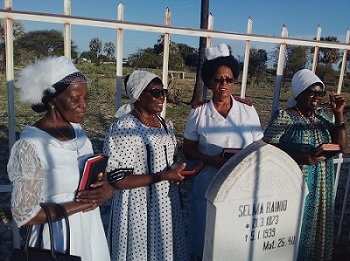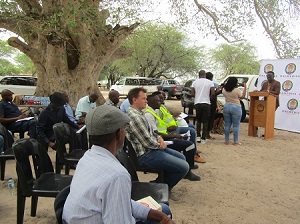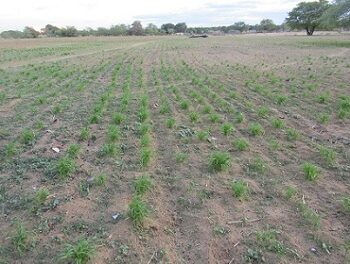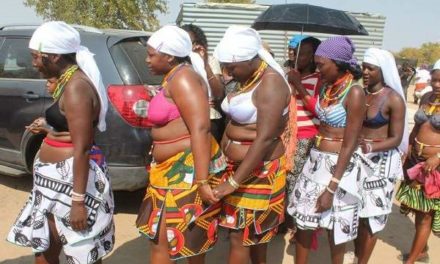
By Kleopas Nghikefelwa /
On 5 January 2024, Onandjokwe Medical Museum invited some retired nurses: Kuku Selma Amwele, Kuku Salmi Engombe, Sister Anna Nambahu and Kuku Olivia Hamakali, who came over and paid a short tribute in memory of the late Dr. Selma Rainio.
The group lit and placed some five candles on the graves of Dr. Selma Rainio, and four other healing angels buried next to Dr. Selma Rainio.
Rainio, better known during her working life as ‘Gwanandjokwe’, was a Finnish medical doctor who worked at Onandjokwe Hospital during the 1900s. Born on 21 March 1873, she died on 5 January 1939.
Traditionally, most of the Finns visit the cemetery on Christmas Eve and light candles on the graves of their beloved compatriots. Because Dr. Selma Rainio worked, died and was buried at Onandjokwe, in Namibia, she is part of Onandjokwe and Oniipa beloved family heritage.
Therefore, Onandjokwe Medical Museum invited these inspiring retired local nurses (from Onandjokwe community) to light some candles on her grave and pay a short tribute in her memory.
The Onandjokwe Medical Museum also wants to cultivate a culture of paying humble tribute to the beloved medical practitioners, like Dr. Selma Rainio, Rebbekka Johannes Hampanda and many others, who planted the first seeds of medical mission in Onandjokwe and Owambo.
The Museum’s hope is that their memory should not be forgotten. Today in Namibia and Oniipa community, people continue sharing stories about what they learnt from local oral history, about Dr. Selma Rainio “Gwanandjokwe”. She is remembered as a hard working Finnish woman medical doctor, who sacrificed herself to lay a strong foundation of Onandjokwe nursing training program and medical services in Owambo.
She is also well portrayed as selfless and a caring founding mother of Onandjokwe Hospital, which had been playing a significant role to promote health for all in Namibian society for many decades.
On many occasions Onandjokwe is also praised for having played an important medical service role during the difficult time of the war of Namibia’s independence (1966-1990).
Therefore, when in 1995 Namibia’s post office issued 4 stamps to commemorate the 125 years of Finnish missionary work in Namibia, one stamp was also dedicated to Dr. Selma Rainio.
Some visitors at Onandjokwe Medical Museum always like to ask: what may have been the factor that truly inspired this young Finnish medical doctor to join mission work in Owambo on 14 December 1908?
According to Else Witting (a fellow missionary pioneer) who wrote a memorable letter (1986) published in Onandjokwe Okrismesa yaapangi newspaper, Gwanandjokwe’s favourite Bible scripture was Matthew 10: 8-10, a passage from the Bible that says “heal the sick, raise the dead, and cleanse those who have leprosy, drive out demons. Freely you have received; freely give. Do not get any gold or silver or copper to take with you in your belts; no bag for the journey or extra shirt or sandals or a staff, for the worker is worth his keep.”
Therefore, in the ‘History of Nursing in Namibia’ (by Agnes van Dyk (1997 page 67) Dr. Selma Rainio is recorded as “a true disciple of the Christian faith and of healing arts”.
In conclusion, Onandjokwe Medical Museum is dedicated to promote her legacy with good hope that her story may continue to serve as a great inspiration to the present and future generations to keep providing good quality health care and Medical services to all God’s people in need.
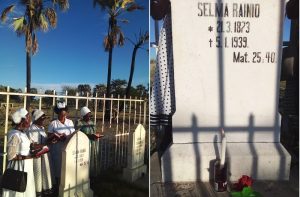
In the photos: Retired nurses paying tribute to the legacy of Dr. Selma ‘Gwanandjokwe’ Rainio at her grave in Oniipa Cemetery.

